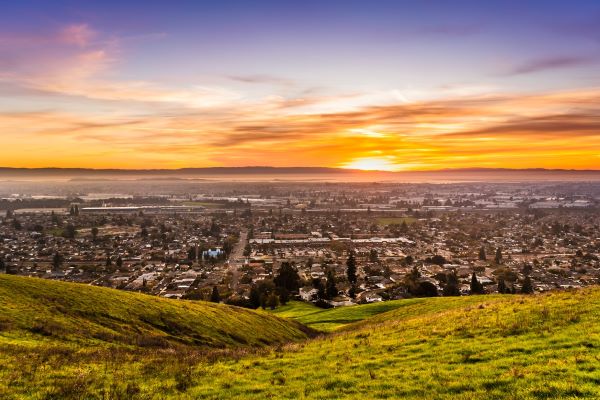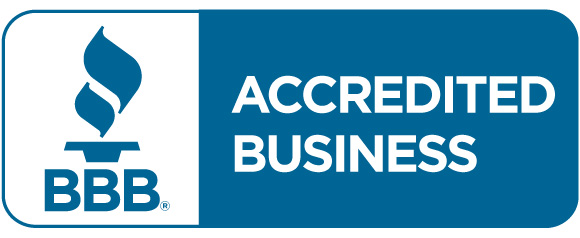Summertime Bay Area Commercial Roofing Care Tips
How Summer Heat Affects Your Bay Area Commercial Roofing
As temperatures rise, commercial roofs are particularly vulnerable to heat-related wear and tear. Over time, exposure to extreme heat can accelerate deterioration, compromising both the structure and longevity of your roof. If you own or manage a commercial building, it’s important to understand how hot weather impacts your roofing system—and how to protect your investment. Here’s what our Bay Area roofing contractors believe every property owner should know about roof temperatures and material performance during summer.
How Roofing Materials Respond to Heat
Dark vs. Light Roofs
Roof color plays a significant role in heat absorption. Dark roofing materials absorb more sunlight and retain more heat, while lighter colors reflect sunlight and stay cooler. This distinction not only affects how hot the roof becomes but also impacts energy efficiency inside the building. Our San Francisco roofing company can help you lean more.
Black Asphalt Roofs
Black asphalt is a common choice for commercial buildings due to its durability and cost-effectiveness. However, it absorbs significant heat. On a 90°F day, a black asphalt roof can reach surface temperatures as high as 190°F, which can lead to premature aging and potential damage over time.
Metal Roofs (Aluminum and Others)
Metal roofing—especially aluminum—is a popular option for commercial properties. While metal roofs can become quite hot, coatings are available that significantly reduce heat absorption by up to 40%. Even so, untreated metal surfaces can reach over 120°F on a 90°F day.
White-Coated Roofs
White or light-coated roofing systems are highly reflective and much cooler than darker alternatives. On a 90°F day, a white-coated roof typically doesn’t exceed 120°F. This lower surface temperature contributes to cooler interior spaces and reduced HVAC load, making them ideal for businesses in warmer climates.
Living Roofs
Green or living roofs are not only environmentally friendly but also offer thermal benefits. The vegetation acts as a natural insulator, keeping rooftop temperatures closer to ambient outdoor conditions. On a hot summer day, a well-maintained living roof will typically align with the outside temperature—around 90°F—helping to regulate building temperature naturally.
Consult a Trusted Bay Area Roofing Company
When it’s time to repair or replace your commercial roof, consider how heat will impact its performance and lifespan. Making informed choices now can help you avoid costly repairs down the road. Have questions about your current roofing system or future plans? Contact the experienced team at Ben’s Roofing, a leading San Francisco roofing contractor proudly serving the Bay Area. We’re here to help you choose the right solution for your building and climate.




